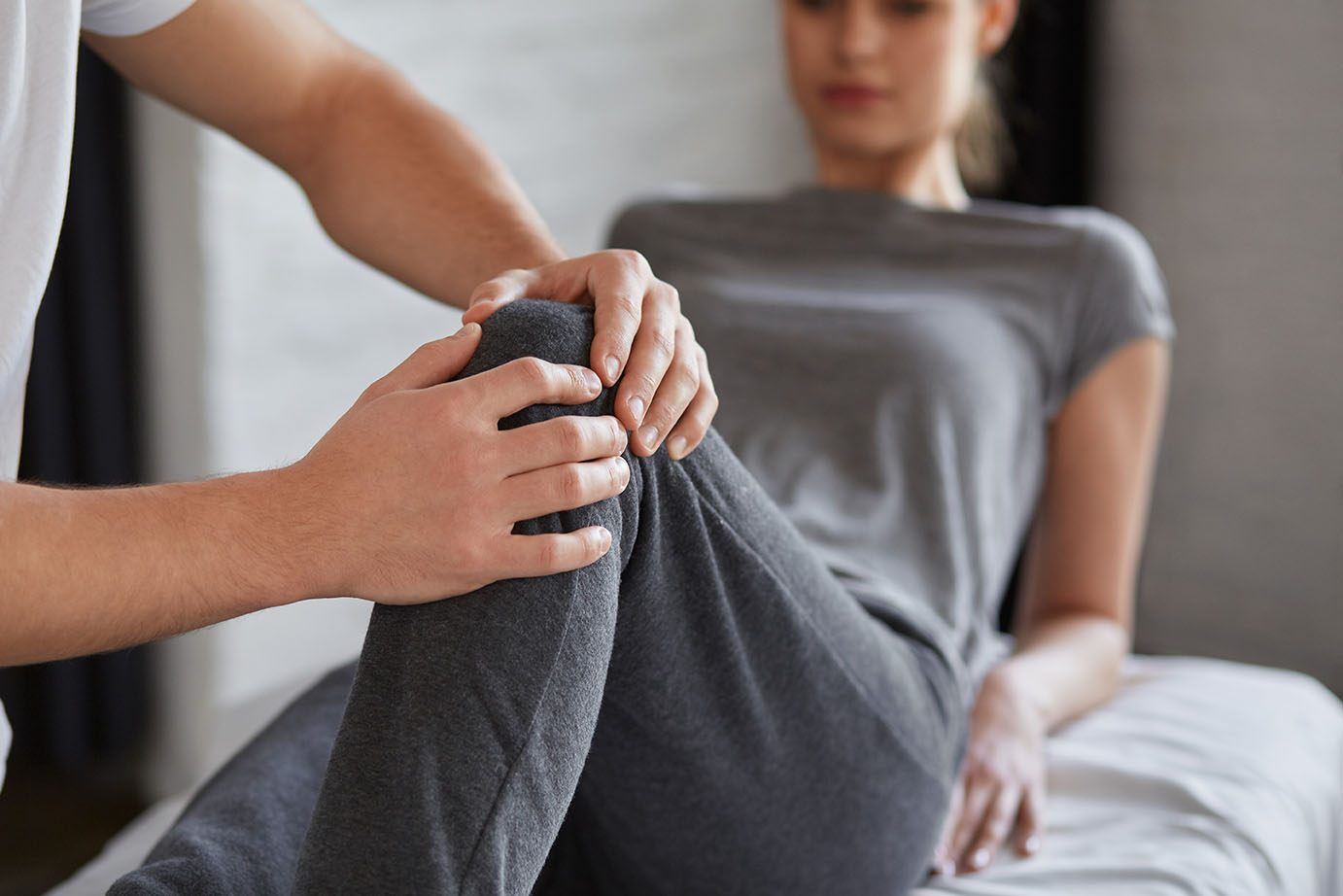Pain is one of those things we can’t wait to get rid of. Regardless of where the pain comes from, it interferes with all the good goods in life, limits our exertion, and makes us feel bad. For severe pain that can’t be relieved by untoward pain relievers, croakers may have to define stronger druthers in the form of anesthetics and opioids. Opioids are traditional drugs and can’t be bought without a tradition signed by a good croaker Between 2000 and 2015, opioid conventions for the treatment of habitual pain increased significantly. Still, the increase was accompanied by an increase in the number of opioid abuse and overdoses, driving the Department of Health and Human Services to declare an opioid extremity in 2018.
What are opioids?
Opioids, also called anesthetics, are drugs specified by croakers to treat cases of severe pain. People with habitual headaches or back pain, cases recovering from surgery or passing severe pain related to cancer, sports injuries, serious injuries from a waterfall, machine accidents or other accidents. Used by grown-ups and children.
Pros of opioid use in pain management:
Opioids work by binding to opioid receptors in the brain and other areas of the body, preventing the body from transferring pain signals to the brain. Because they mask pain, multitudinous cases find relief with medicine. still, with long-term use for long-term pain operations, cases are in trouble of developing opioid dependence. For this reason, it’s voguish to use opioids only under the close supervision of a croaker.
How do opioids work?
Opioids bind to proteins called opioid receptors on caprice- whams cells in the brain, spinal cord, bowel, and other corridors of the body. Opioids can effectively relieve pain, but they have risks and can be largely addictive. The trouble of dependence is particularly high when opioids are used long-term to manage habitual pain.
How can you safely use opioids for pain operations?
Opioids can be used as part of an effective pain operation program, but should only be used under medical supervision to avoid side goods and the trouble of dependence.
Please follow the safety tips below.
Consult your croaker or anesthesiologist.
Make sure you’re exploring all druthers to anodynes that don’t carry the trouble of addiction. However, ask how to minimize risks and side goods, If opioids are still your voguish option. Also, tell your croaker if you have a history of drug or alcohol dependence. People who tend to abuse alcohol may be more prone to abuse opioids.
Be alive of side goods.
Some opioid side goods are mild, analogous to drowsiness and constipation, while others are more serious, analogous as shallow breathing, slow heart rate, and fainting, which can be signs of an overdose. Ask your croaker what to watch out for and what you can do to avoid implicit problems. Call your croaker or call 911 if you have confirmation symptoms that may indicate an overdose.
Take opioids only as directed.
Follow your croakers’ instructions. However, ask your croaker still, If you are taking other specifics, and if anodynes are safe as well.
Prepare for surgery.
However, talk to your surgeon, or anesthesiologist, If you are taking opioids and preparing for surgery. habitual opioid use increases the trouble of surgical complications and can stretch sanitorium stays. Your medical team will help you manage your pain safely before surgery.
What are the cons of opioid use in pain operations?
Side goods of opioids include:
- Drowsiness
- Constipation
- Nausea
Opioids can beget serious life risks. The following may be symptoms of an opioid overdose and should be reported to a croaker directly:
- Shallow breathing
- Slow shake
- Loss of knowledge
In addition, suddenly stopping opioids may beget symptoms analogous to apprehension and insomnia. Dependence is also possible. Once you can tolerate the specified cure, you will find that you need further to relieve your pain, which can lead to dependence. According to the National Institute on Drug Abuse, further than 2.2 million Americans abuse opioids, and further than 88 Americans die each day from opioid overdoses.
Are there different types of opioids?
There are different types of traditional opioids with names analogous as:
- Codeine Fentanyl
- Hydrocodone
- Oxycodone
- Oxymorphone
- Morphine
These drugs are constantly vented under brand names analogous to OxyContin, Percocet, Paladin, and Vicodin. Heroin is an illegal and largely addictive opioid that has no approved medical use.
How should I stop taking opioids?
Cases that stop taking opioids suddenly may confirm symptoms analogous to apprehension and insomnia. Therefore, it’s necessary to work with an anesthesiologist or other croaker to reduce the cure, stop and ultimately stop the drug.
An anesthesiologist can:
Customize your weight loss plan to minimize opioid pullout symptoms.
- Watch out for pullout symptoms.
- Rested on the response, adjust the amount and duration of the taper.
- Refers to fresh sources of support.
It’s important to know what happens when you start tapering off your medicine. Opioid pullout symptoms may, but not always, include symptoms analogous as:
Drug dependence
- Anxiety
- Insomnia
- Stomach Ache
- Vomit
- Diarrhoea
- Trembling
These symptoms can be minimized by measures analogous to slow cure reduction, applicable professional comfort and cerebral support for anxiety.
What are the benefits of stopping opioids?
Pullout symptoms can be delicate to deal with but can be effectively managed with good results, especially with the help of a professional analogous as an anesthesiologist. According to the Centers for Disease Control and Prevention, utmost people serve better after stopping opioids without worsening pain. Some cases confirm better pain relief after stopping the medicine, indeed if the pain worsens temporarily at first. In addition, necessary antidotes with lower risks and side goods may be effective in pain operations. Because opioids mask pain, removing opioids allows pain operation professionals to understand the nature and position of discomfort.

Leave a Reply